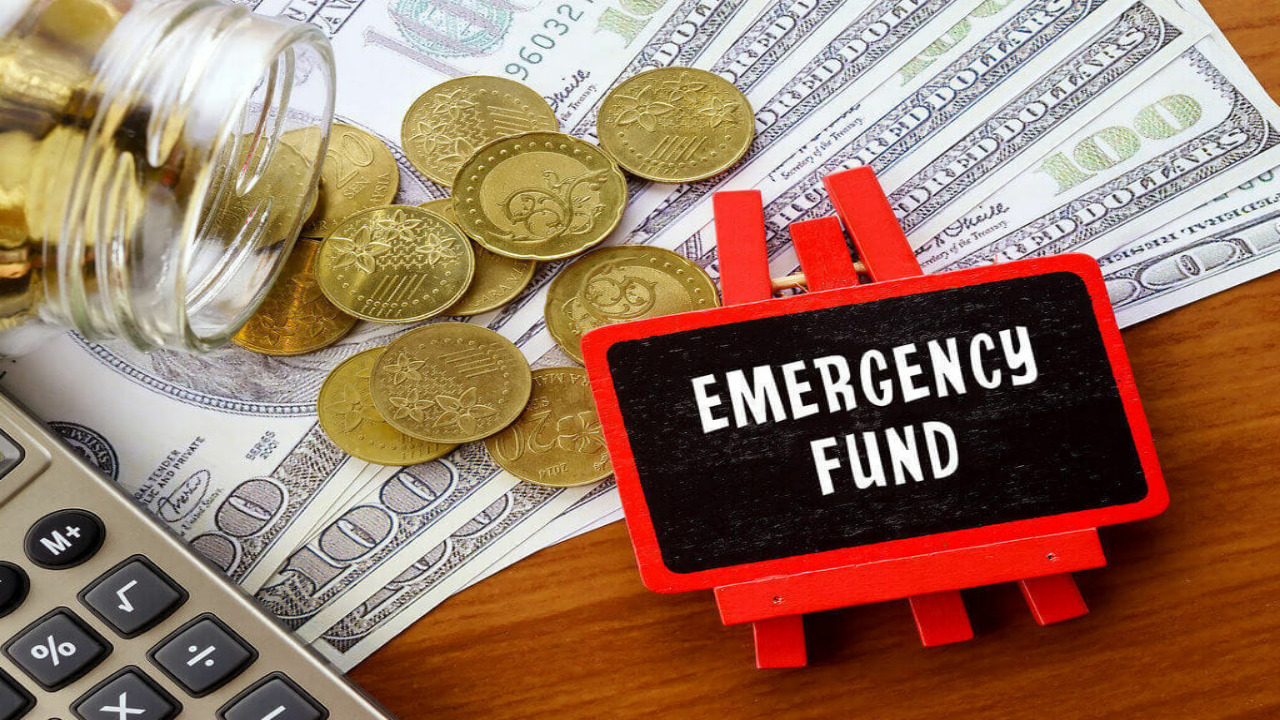In the realm of personal finance, one concept stands as an essential pillar of financial security: the emergency fund. An emergency fund is a dedicated pool of money set aside to cover unforeseen expenses or life emergencies that can otherwise disrupt your financial stability. This financial cushion serves as a vital safety net, offering peace of mind and protection against unexpected events. In this guide, we delve into the significance of emergency funds and provide insights into building one effectively.
The Significance of Emergency Funds

Life is inherently unpredictable, and unexpected expenses can emerge at any time. Whether it’s a medical emergency, car repair, sudden job loss, or a home repair, these unforeseen circumstances can wreak havoc on your finances if you’re unprepared. This is where the importance of an emergency fund comes into play. Having a dedicated fund means that you won’t have to rely on high-interest credit cards or loans or emptying your savings to deal with these situations. It acts as a financial cushion, reducing stress and enabling you to navigate through tough times without compromising your long-term financial goals. For better management of your finances, create a W-2 form.
Building Your Emergency Fund: How Much is Enough?
The first step in creating an effective emergency fund is determining the ideal amount to save. Financial experts generally recommend setting aside three to six months’ worth of living expenses. This ensures that you can cover essential bills, mortgage or rent, groceries, and other necessities in case of an unexpected event. However, the exact amount may vary based on individual circumstances. Consider factors like job stability, dependents, and any specific risks you might face. Young professionals with stable employment may lean toward three months’ worth, while those with greater responsibilities might aim for a more substantial fund.
Strategies for Building an Emergency Fund

Constructing an emergency fund necessitates both self-control and dedication. Here are some strategies to help you accumulate the necessary funds effectively:
Automate Savings: Set up an automatic transfer from your primary account to your designated emergency fund. Treating this transfer as a non-negotiable monthly expense will steadily build your fund over time.
Cut Unnecessary Expenses: Analyze your spending habits and identify areas where you can cut back. Redirect these funds toward your emergency fund. Small sacrifices now can lead to significant financial security later.
Side Hustles and Windfalls: Consider taking up a side gig or directing windfall amounts, such as tax refunds or bonuses, directly to your emergency fund. This can give your fund a quick boost.
High-Yield Savings Accounts: Store your emergency fund in a separate high-yield savings account. While it won’t provide massive returns, it will shield your funds from immediate spending impulses while also earning a bit of interest.
In conclusion, an emergency fund is not just a financial tool; it’s a cornerstone of sound personal finance. It provides a sense of security in uncertain times and empowers you to navigate unexpected challenges without derailing your financial progress. By understanding the importance of emergency funds, setting an appropriate savings target, adopting effective strategies, and maintaining its value, you can ensure that you’re well-prepared for whatever curveballs life throws your way.



